If you think about the fact that each Iranian once made a decision based on Hafez’s poems, you see how significant poetry is for the people of Iran. For the majority of Iranians, poetry is something to refer to when they are experiencing an extreme emotion which there is no word to describe. Then, there are some verses that come to the rescue. They can lighten the mood, deliver the message and create memories.
For the new generation, modern Persian poets are those who came out to understand new generations’ concerns and turned them into beautiful words. They talk about love, social concerns, and all feelings connected to being a human. These poets are here to make people feel that they are not alone in this world experiencing a certain feeling, and that is why modern Persian poets are popular.
Table of Contents
What Is the Difference Between Classic and Modern Persian Poetry?
There are fundamental differences between classic and modern poetry in the Persian language. But, if we want to mention the main aspect that differentiates these two, we can talk about the concept of freedom. Modern Persian poetry values freedom in both structure and concept of writing a poem. Unlike classic poetry in which rhyme and meter are significant, the poet can compromise them for the concept that he/she wants to express in the modern version. However, it does not mean that modern poetry does not have rhyme or meter.
Changes in literature organically happen based on social changes. For modern Persian poetry, you can trace the changes back to when different poets interested in the world’s literature tried to read and translate foreign poems. This way, they could find a new style in poetry and combine it with the Persian language’s structure. Nima Yooshij is the most famous poet who wrote modern Persian poetry.
Nima Yooshij: The Father of Modern Persian Poetry
“…Above the narrow pass, the shattered and desolate and drunken
wind whirls downward.
The entire world is desolated by it
so are my senses!”
(My House Is Cloudy)
Persian literature and poetry would be tedious if Nima Yooshij did not exist. Ali Esfandiari, known as Nima, was the one who brought “Sher-e No” or free verse poetry to Iran. His revolutionary act was why many other modern Persian poets, such as Forough Farokhzad and Ahmad Shamloo, became interested in poetry. That is why the modern Persian poetry style is also known as “Sher-e Nimaei.”
Nima Yooshij’s life shows how a good teacher can change someone’s life. When Nima was a student, and obviously a naughty one, his teacher introduced him to poetry and developed his artistic spirit to be one of the most influential Persian modern poets.
Nima Yooshinj turned Persian poetry into a more tangible and easy-to-read style. Although there were many criticisms about this controversial and massive change, he could establish his style and make people be interested in its simple yet complex verses.
Forough Farrokhzad: The Voice of Women
“… Listen to my distant voice
in the heavy mist of dawn’s prayer chants,
and in silent mirrors see how
with what is left of my hands
I touch, once more, all dreams’ innermost dark,
and imprint my heart like a bloodstain
on life’s innocent riches…”
(In Night’s Cold Streets)
Exactly when most Iranians were dealing with their traditional society and its effects on them, Forough Farrokhzad became the voice of women in need of a speaker. Especially those who were under the pressure of their traditional society. Although the beauty of her poems is not just because of being dedicated to Iranian women, she talked about women’s emotions, taboos, and social issues to give courage to Iranian women who needed it. No matter where you live, you can read her poetry and find your own way to connect to it because she lived her poetry, and you can sympathize with them too. This quality is one of the reasons that makes Forough a spectacular Persian modern poet.
Forough was always a rebellious poet, and you can see this side of her in every verse you read. She describes human nature so delicately with a beautiful form of resistance that makes her stand out. If you pay close attention to the word she uses in her poems, you find a pattern. Her wording suggests the fact that she wants to convey a sense of ambiguity.
There is a lot to talk about Forough, so if you want to read more about her, you should check out the blog post dedicated to Forough Farrokhzad.
Shamlou: The Poet of Love, Pain and Social Issues
“With a lamp in my hand,
and a lamp shining ahead,
I am on my way
to fight against darkness…”
(The Garden of Mirror)
Ahmad Shamlou is one of those poets who took Persian poetry to another level. His interest in European poetry made him translate the poems to Farsi and find a new structure. Therefore, he is known as one of the first poets who used “free-verse poetry” in a unique way that is exclusively for Shamloo. Ahmad Shamloo has written sweet, deep, and tangible poems for a girl named Aida to express his feelings the best way he could. This love made him the protagonist of one of the most important modern Persian love stories.
Besides being a great modern Persian poet, Shamloo could be one of the most known translators of his time. He has translated many famous literary works such as The Scarlet Letter and The Little Prince. By reading these translated books, you can see Shamlou’s signature style vividly as this has become a controversial topic and made people criticise his way of translation. However, nothing can deny the fact that Shamlou is a genius in literature.
Mehdi Akhavan Sales: The King of Seasons
“…The leafless orchard,
Laughs in tearful blood,
Eternal, mounted on his wild yellow stallion,
Roams autumn, the king of seasons.”
As a skilled poet in classic Persian poetry, Akhavan turned into modern poetry to show the freedom he valued the most. Mehdi Akhavan Sales is known for his epic poems about Iran that show his nationalistic feelings. In most of his poems, he used a symbol of Persian history to convey a message or emotion, especially the concepts of justice and freedom. Living in a period of time that Iran was experiencing the existence of many different social and political groups, Akhavan Sales found the time right to use history and criticize the current situation of Iran at that time.
The most famous poet written by Mehdi Akhavan Sales is called Zemestan or “winter.” The poem describes winter as a season and people who are so depressed who can be like winter. The interesting fact is that although the setting and theme of the poem are not very optimistic like many other poems of his, Akhavan Sales’s pen name is “M. Hope.”
Sohrab Sepehri: Light and Nature
“Life means a starling took wing.
What has made you unhappy?
Pleasant things are not scarce;
for instance, the sun
that shines there;
The child of the day-after-tomorrow;
Or the pigeons of last week…”
(The Motion of the Word Life)
Among all modern Persian poets, Sohrab Sepehri is the one who has used the elements of his simple and Persian life in his poetry. Therefore, you can get nostalgic and have bittersweet feelings while reading his poems. Inspired by Eastern philosophy, Sohrab Sepehri uses natural elements to raise questions about humanity, life and death. He connects nature to words and brings out something spectacular. Intense emotions, soul and meaning exist behind each word that he wrote.
By reading his poems, you can see how smoothly he talks about the missing connection between human beings and their true self using nature, and that is why Sohrab Sepehri stands out.
Simin Behbahani: The Poet of Modern Amatory Poems
“ Shall build you again, my homeland,
Although with bricks of my soul
I shall put columns under your roof,
Although with my bones…”
(I shall build you again, my homeland)
Writing about her homeland, love, people, women and children turned Simin Behbahani into one of the most influential modern female Persian poets. Poetry is in Simin’s blood since she is the daughter of two poets. Without Simin Behbahani, the world of poetry would be missing something. That is why Simin was nominated for the Nobel Prize for Literature two times.
She used the classic style of poetry called Ghazal that is mostly used for love poems and made it fit into the modern style.
You cannot separate politics and concerns for her homeland from Simin Behbahani’s poems. She used her love and passion for Iran and turned them into verses because if you want to make your words heard, you should make them beautiful and effective.
You can find many amazing Persian poems that are translated to English or other languages. But, they become more beautiful when you read them in the language in which they were originally written. To start learning Farsi to be able to read the great works of modern Persian poets, you can check out our Beginner Guide to Speak Farsi.
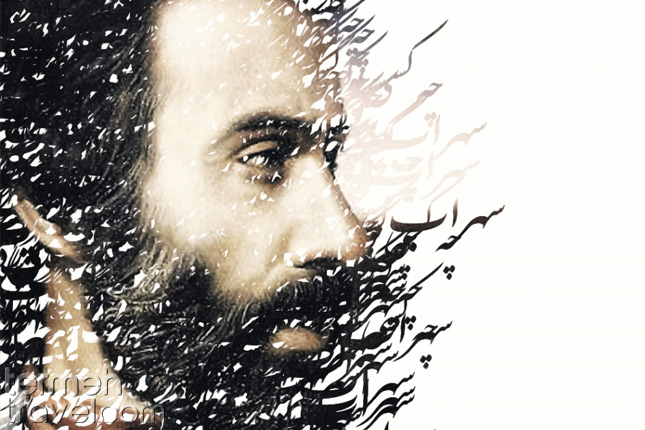

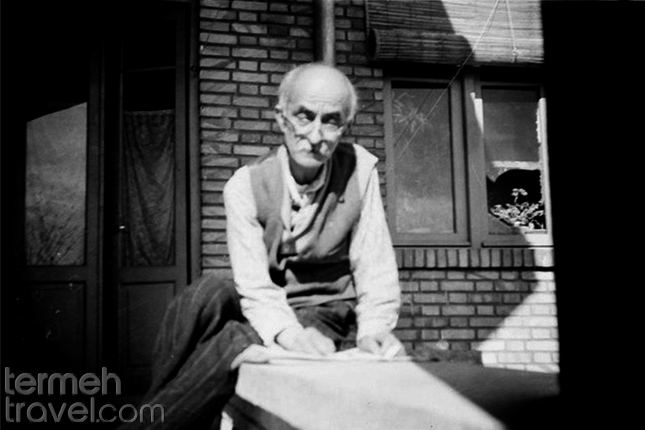
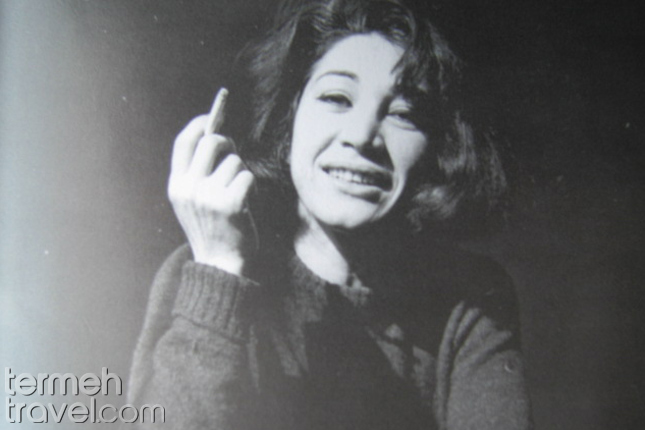
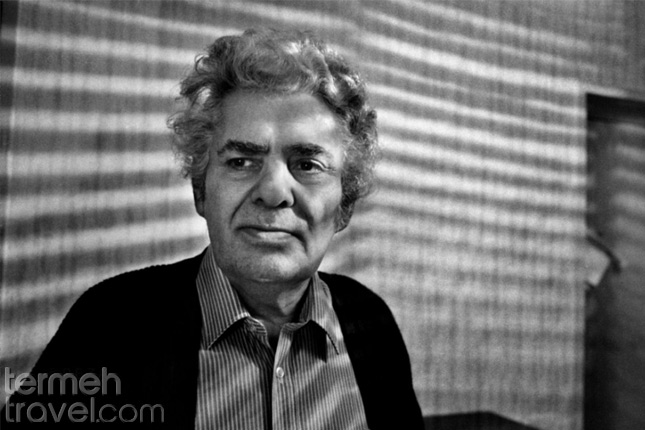
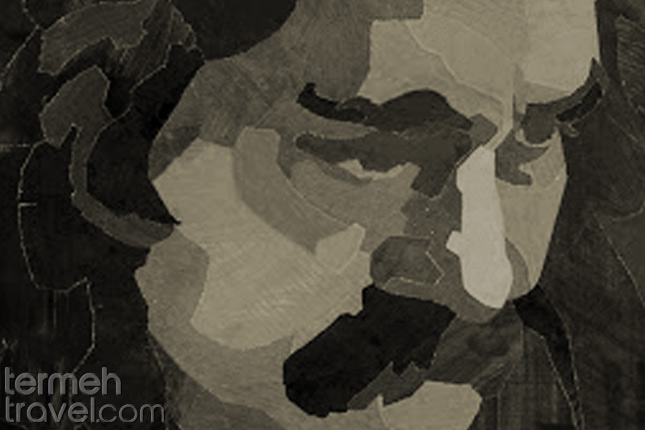
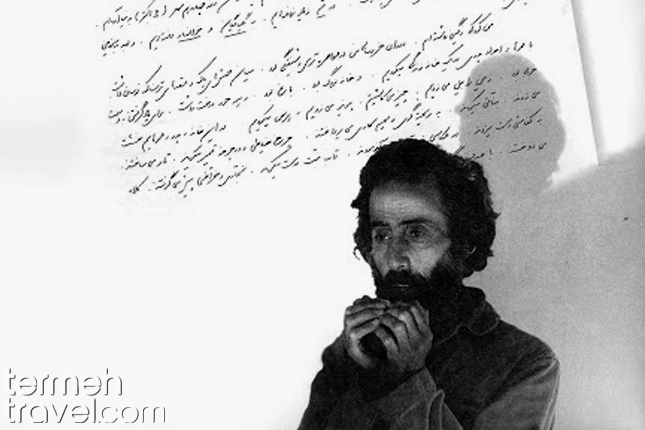
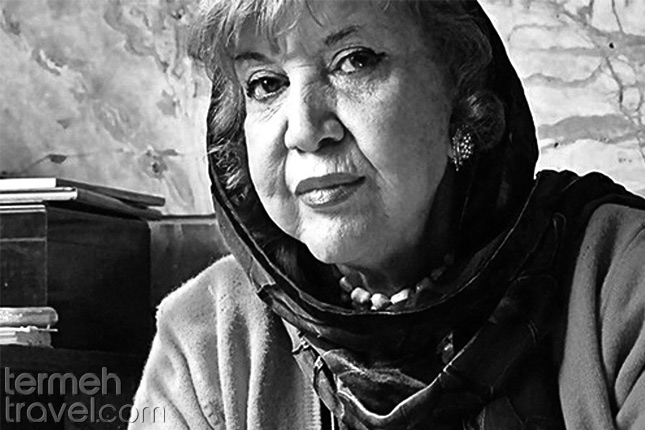


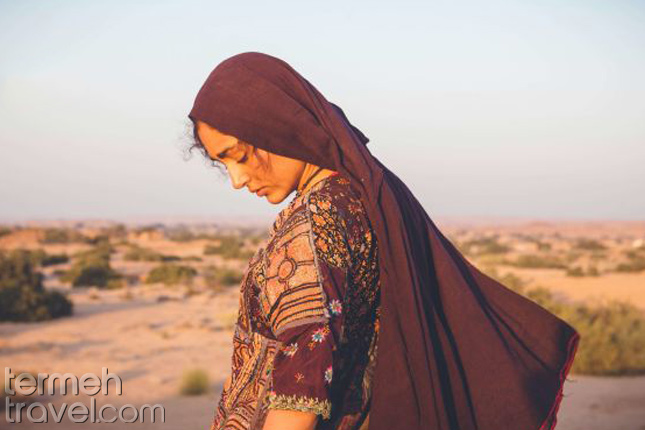
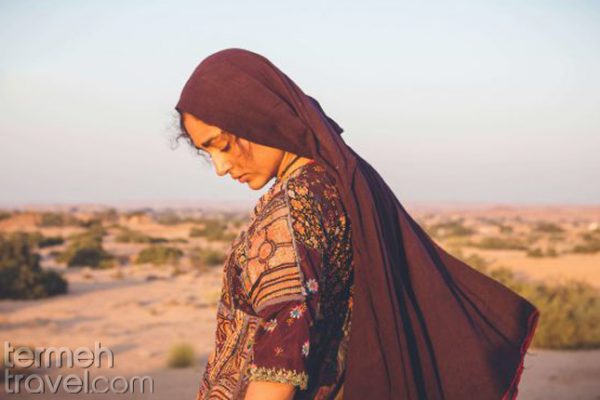
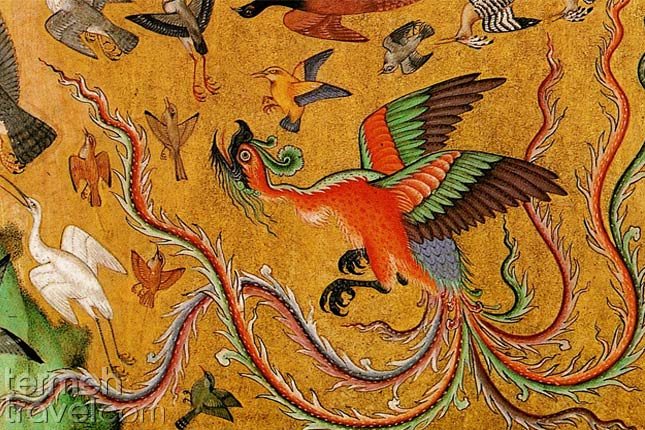
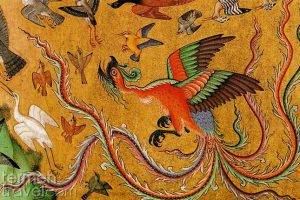
Leave a Comment